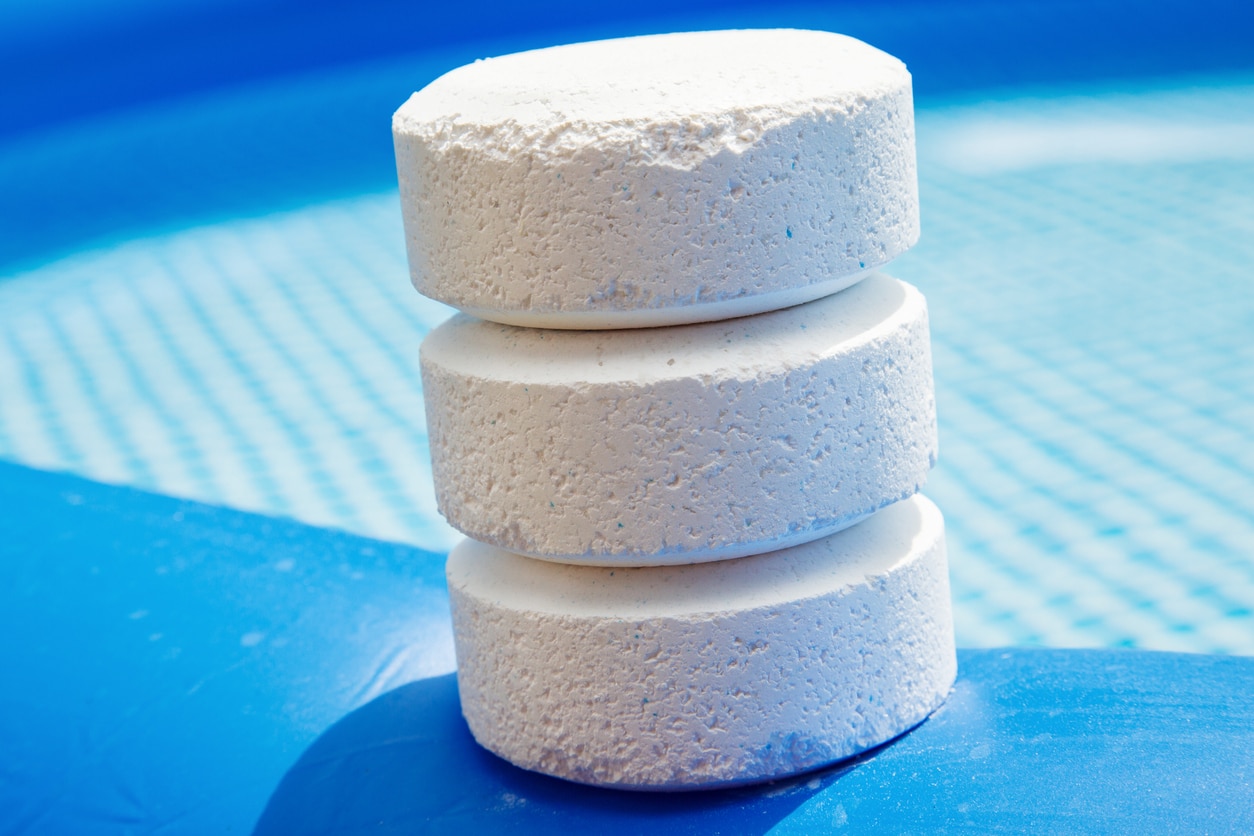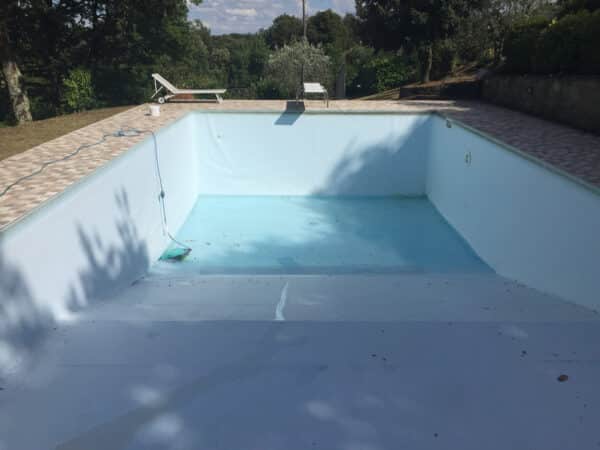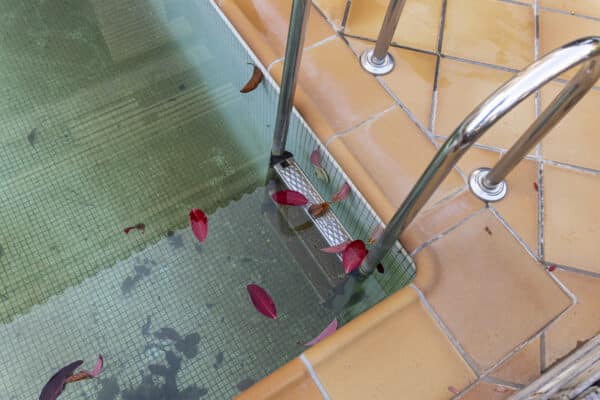Regardless of if you have owned a home for years and you are starting to run into difficulties with your pool, or whether you only got yours recently, the following advice may be a big help to you. We’re going to take a look at how UV rays interact with chlorine in this really brief post.
You see, the UV rays that come from the sun can speed up the process of chlorine dissipation. A perfect amount of chlorine in an pool or hot tub that isn’t stable may be lost in 2 hours or less on a brilliant sunlit day because of the UV rays of the sunlight.
This is why there are pool stabilizers like cyanuric acid. Essentially they keeps the chlorine from going poof when the UV rays hit it. You need to keep up the cyanuric acid within the pool to around 30 to 50 ppm for this to remain in good effect.
You might need to add more to the water in the event the cyanuric acid level is too low. Nonetheless, be advised that cyanuric acid is likely to drop the pool’s pH, which means you might have to correct the pH too. In the flip side, going overboard with your cyanuric acid will decrease the advantageous effect of your chlorine, resulting in spots or water that isn’t very clear. Some chlorine compounds actually come with cyanuric acid. You’re introducing cyanuric acid in addition to the chlorine if you’re using dichlor or trichlor as your primary chlorine sanitizer.
You should partly empty and refill with fresh water in the event the cyanuric acid level is overly high. Evaluation of cyanuric acid should take place a minimum of once a month through the pool season. You’ll need to check the cyanuric acid often to ensure the amount within the pool hasn’t surpassed the 50 ppm mark.
Well, that’s it for this time. Be sure to keep in touch with us for future swimming pool tips!


